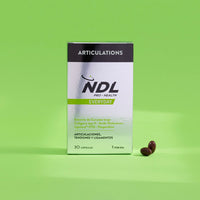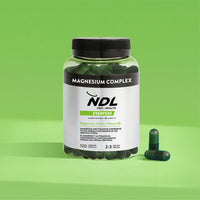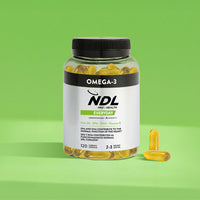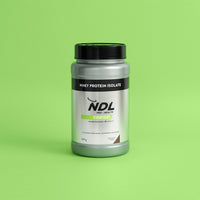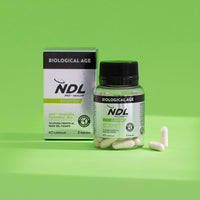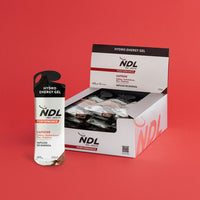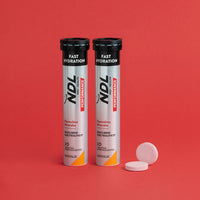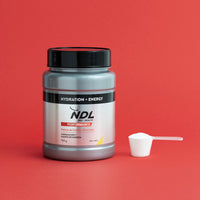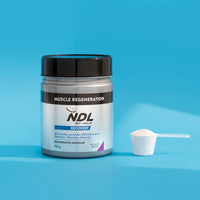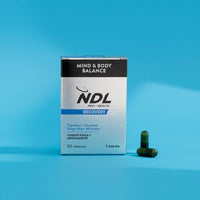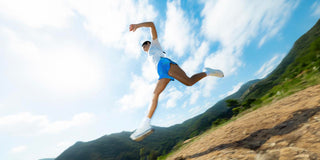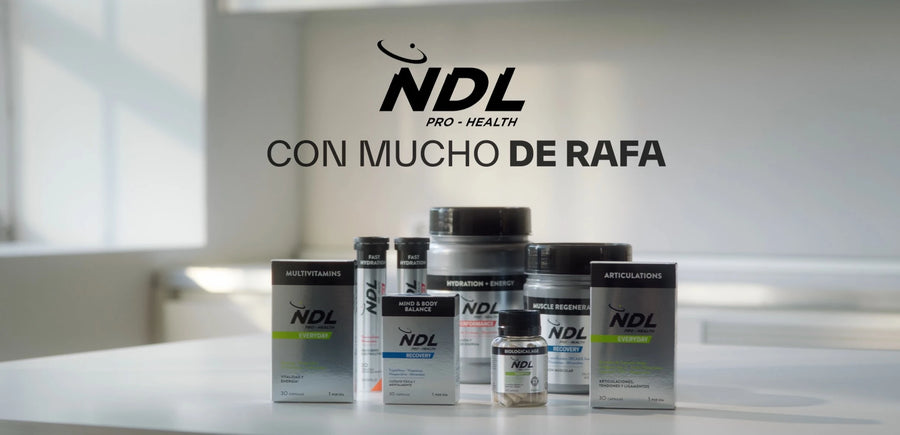Featured Products
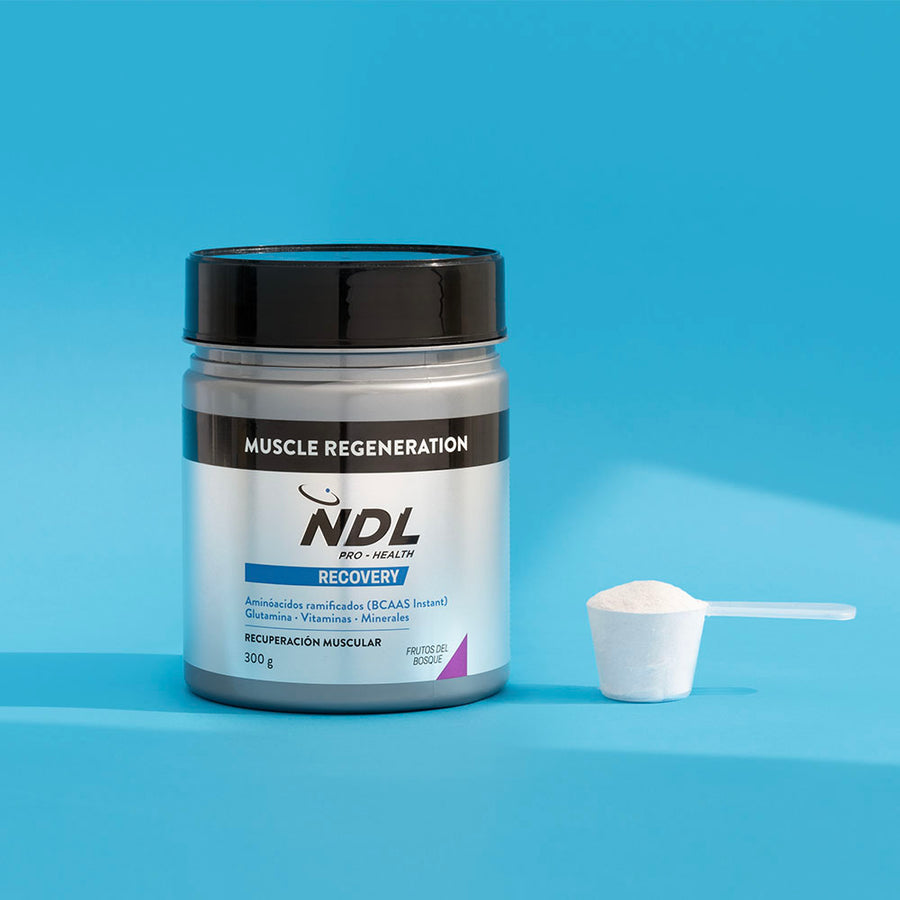
Muscle Regeneration
See product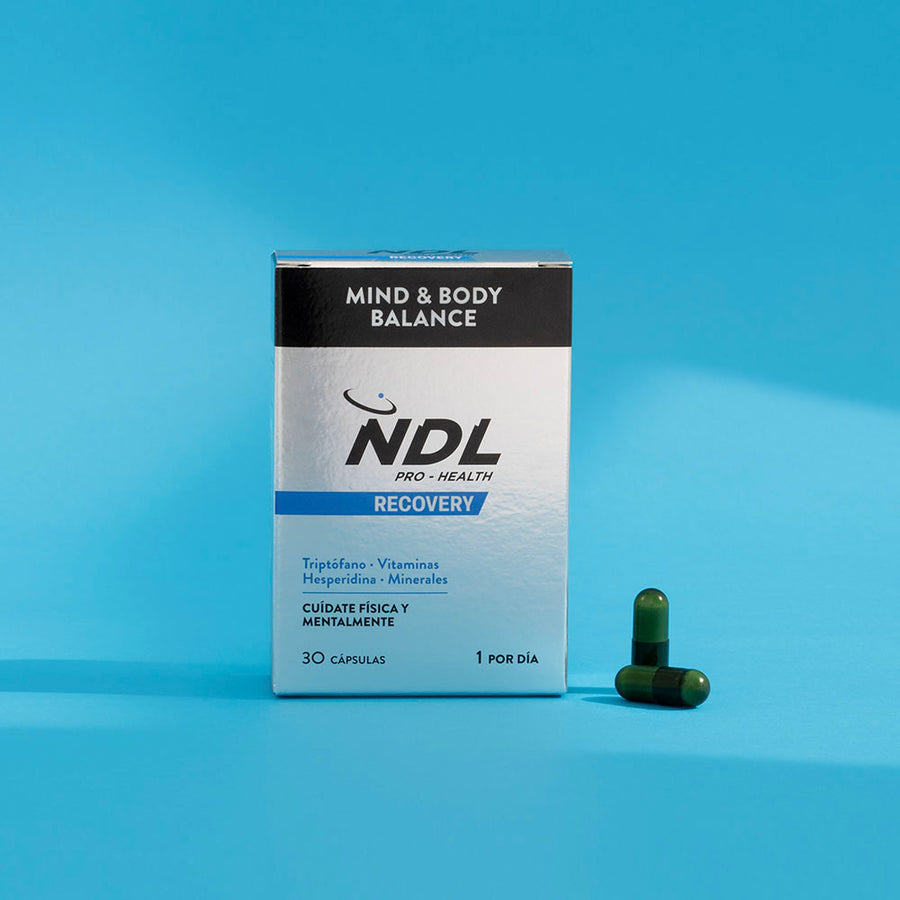
Mind & Body Balance
See product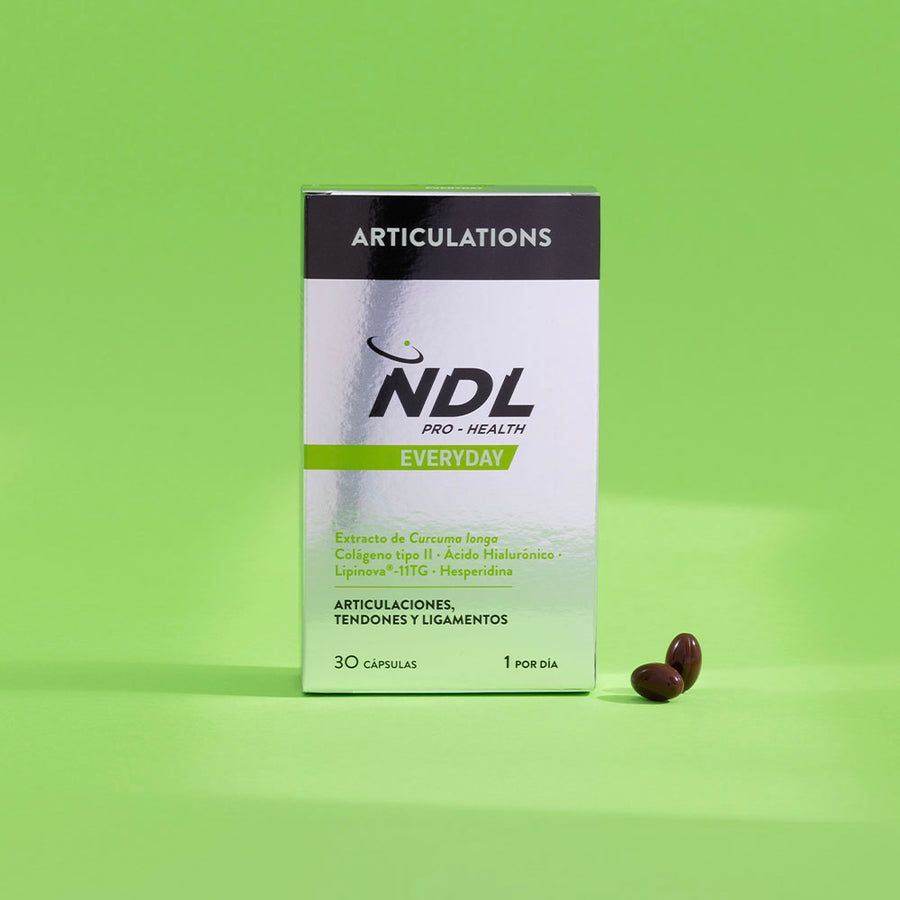
Articulations
See product
Fast Hydration
See productSurely, on more than one occasion, you have had to stop exercising and, when you have resumed your physical practice, you have suffered those dreaded pains - the well-known aches and pains that limit us from doing sports for a while and make it difficult to continue with your routine, but what exactly are they and, more importantly, how can we avoid them? We tell you everything you need to know.
What are stiffness
Although we all know them as "stiffness", their scientific name is "delayed onset muscle soreness" (or DOMS), although they are also known as delayed myalgia. Stiffness is actually a small tearing of muscle microfibers that occurs when we subject our muscles to more intense exercise than they are used to. As their scientific name indicates, they usually appear a few hours after exercise. And they are so named because the main symptom of stiffness is a sensation of needle pricks.
For years it was thought that they were due to injuries that caused small crystals of lactic acid in the muscle which, due to the effect of heat, disappear and are carried away in the blood circulation. Lactic acid is a compound released by the muscle in moments of overload to prevent muscle fatigue. And it was shown to disappear two hours after the end of the sporting activity. Another theory suggested that it was due to areas of the muscle heating up, which was conducive to the appearance of injuries.
In any case, it has been proven that stiffness is caused by exercising in areas of your body that you have not worked for a long time or after increasing the intensity of your physical activity.
How long do the stiffness last?
Regarding the duration of the stiffness, it depends on the type of exercise you do: the micro-tears will be larger if you do high intensity anaerobic exercise, with greater energy expenditure, such as crossfit, sit-ups, endurance or weights. And the recovery time will be longer, between three and four days.
Stiffness is less likely to occur if you do aerobic exercise, such as swimming, walking or cycling. But all human beings will experience stiffness at some point in our lives.
The biggest myths
Myths about stiffness are numerous and many come from a time when the human body was much less studied and theories arose about almost anything. Many of these myths still persist, so let's review the four most common:
- Drinking sugar water to relieve pain: this has been disproved when the real origin of stiffness has become known. Neither is baking soda or fruit salt a remedy. But always remember to hydrate after physical activity.
- If you have stiffness, you have trained well (and if you don't, it's because you have trained badly): it's not true, it may be a sign that you have gone to the limit. It is better to go progressively.
- A good stretch will save you from stiffness: stretching is essential, both before and after training, to prepare the body for exercise and to prevent injuries. But it won't save you from stiffness if you exercise muscles you don't usually work.
- The solution to stiffness is to do more exercise: it is better to rest until the prickling disappears and to resume your routines gradually. This way, you will avoid injuries and pain.
Thus, information is essential to fight against false myths and many of them have to do with ways to alleviate the symptoms of stiffness or how to prevent it in some way. It is normal, after all, as it is a considerable discomfort, but is there any real way to get rid of stiffness?
How to relieve the pain of stiffness?
There are different tips you can take into account if you are suffering from stiffness after your workout to try to mitigate the pain:
- Apply cold to deflate muscles: an ice water shower and ice can help. Or alternately apply cold and heat in the shower to activate your circulation.
- Massage the muscles you have exercised with an essential oil or arnica.
- Hydrate well and rest: it is essential to recover in order to resume sports practice as soon as possible.
- Don't stop: having stiffness doesn't mean stopping your activity. Try some kind of gentle aerobic exercise, such as walking or jogging.
- If the pain becomes bothersome and the stiffness is intense, take an oral analgesic, such as paracetamol.
- Take food supplements containing magnesium.
What should I take to reduce stiffness?
In this last aspect, Muscle Regeneration by NDL Pro-Health can help you. It is a food supplement with a formula based on branched amino acids, glutamine, vitamins and minerals that stimulate muscle regeneration and contribute to replenish glycogen that restores energy.
Thus, Magnesium, Calcium and Vitamin D contribute to the maintenance of normal muscle function. Meanwhile, Magnesium, Calcium, Phosphorus, Iron, Manganese, Iodine, and Vitamins C, B1, B2, B3, B5, B6, B8 and B12 contribute to normal energy metabolism. In addition, magnesium, iron and vitamins C, B2, B3, B5, B6 and B12 help to reduce tiredness and fatigue.
If you have not exercised for a long time and you are encouraged to take up the sport again, you have made one of the best decisions of your life. But start gradually so that stiffness does not appear and discourage you. Remember all the tips we've given you on how to avoid the symptoms and effects of stiffness, and take heart!

From the NDL Pro-Health team we will provide you with tips to maintain a healthy lifestyle. Sharing knowledge and product recommendations to offer optimal solutions for your daily routine, for your workouts and subsequent recovery, all with the goal of helping you achieve physical and mental wellness.

